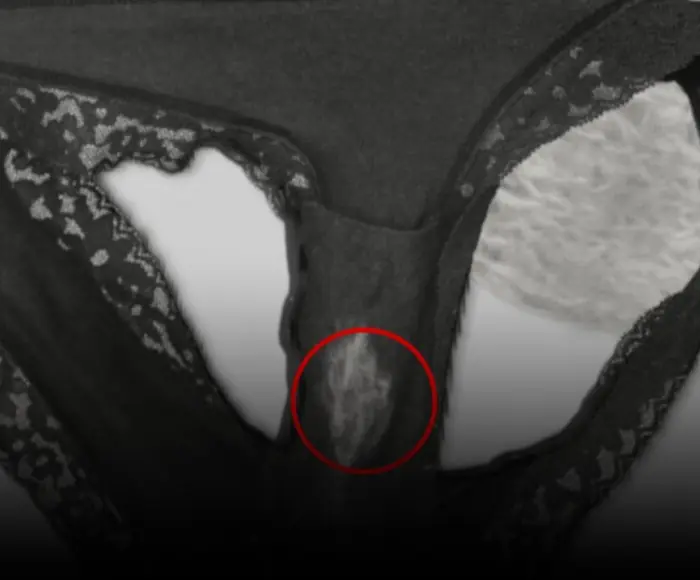
If You See These 4 Signs on an Eggshell, Throw It Away Immediately!
If You See These 4 Signs on an Eggshell, Throw It Away Immediately!
You don’t need to crack an egg to determine if it’s safe to eat—just inspecting the shell can give you a clear answer.
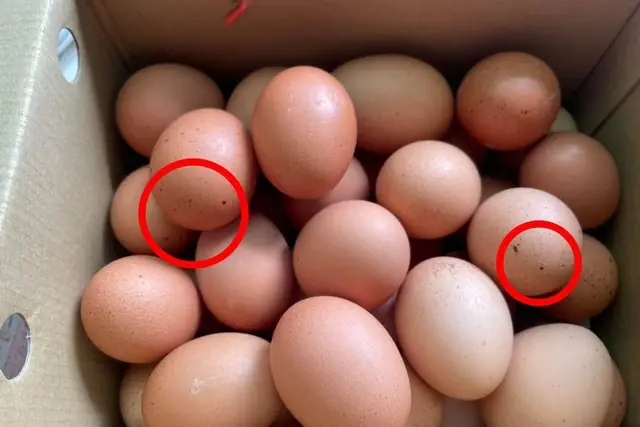
Eggs are a highly nutritious and common staple in daily meals. However, if not carefully checked before consumption, they can pose serious health risks. According to the United States Department of Agriculture (USDA), commercially sold eggs can be refrigerated for 3 to 5 weeks. However, if an eggshell shows any of the following four signs, it should be discarded immediately to prevent bacterial contamination and food poisoning.
1. Cracked Eggshell
A cracked eggshell allows bacteria, especially Salmonella, to enter. This bacteria can cause acute gastroenteritis, leading to symptoms like nausea, vomiting, abdominal pain, diarrhea, and fever. In vulnerable individuals such as the elderly, young children, pregnant women, and those with chronic conditions like diabetes or liver disease, a Salmonella infection can be more severe, potentially leading to sepsis or even death.
Dr. Yan Zonghai, Director of the Clinical Toxicology Center at Linkou Chang Gung Memorial Hospital (Taiwan), warns that even tiny cracks in eggshells pose a high risk of food contamination, and cracked eggs should never be consumed.
2. Mold on the Shell
According to Dr. Yan, if an eggshell has mold, it must be thrown away immediately. Mold indicates that bacteria have already penetrated the egg, increasing the risk of food poisoning or gastrointestinal infections.
Some people mistakenly believe that simply washing off the mold makes the egg safe to eat. However, bacteria may have already seeped inside the egg, and washing the shell cannot completely remove the contamination. Moldy eggs are particularly prone to Salmonella infection, which can cause severe diarrhea, fever, nausea, and abdominal pain.
3. Unusual Color or Black Spots on the Shell
A healthy eggshell is typically smooth and uniformly white or brown. If you notice discoloration, black spots, or a greenish hue on the shell, it could indicate bacterial contamination or spoilage. These spots often appear due to mold growth or damage during storage.
Consuming such eggs may lead to symptoms like stomach pain, diarrhea, or even severe food poisoning. Dr. Yan advises immediately discarding eggs with these signs to avoid potential health risks.
4. Sticky, Slimy, or Unusual Substances on the Shell
If the eggshell feels sticky, slimy, or unusually damp, it could be a sign of bacterial growth or spoilage. The slimy layer is often a bacterial biofilm, which can indicate severe contamination.
If this layer appears greenish or emits a foul odor, the egg is likely rotting. Dr. Yan strongly warns against washing and using such eggs, as bacteria may have already deeply infiltrated the egg’s interior, posing a serious risk of food poisoning.
Bottom Line
Always inspect eggs carefully before consuming them. If you notice cracks, mold, discoloration, or slime, discard them immediately—don’t risk your health for the sake of saving an egg!
News in the same category


9 out of 10 people store onions incorrectly: Here's why you shouldn't keep them in the fridge

Smart travel tip: Why you should toss a water bottle under your hotel bed?

Don't throw away your yellowed white shirts - try this soaking method to make them bright and as good as new

Easy lemon storage hacks that keep them fresh for a long time
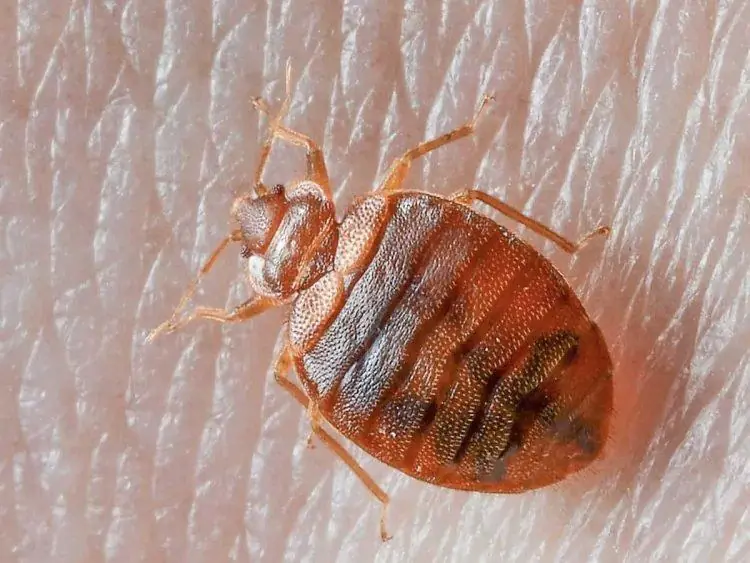
Natural Pest Control: Using Diatomaceous Earth and Cloves Against Bed Bugs and More
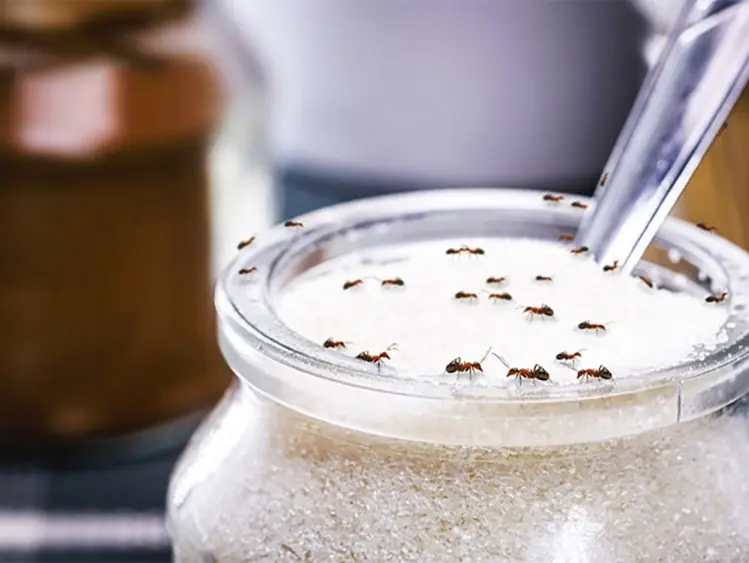
Tips to Quickly Get Ants Out of Sugar Jars and Keep Them Away for Good
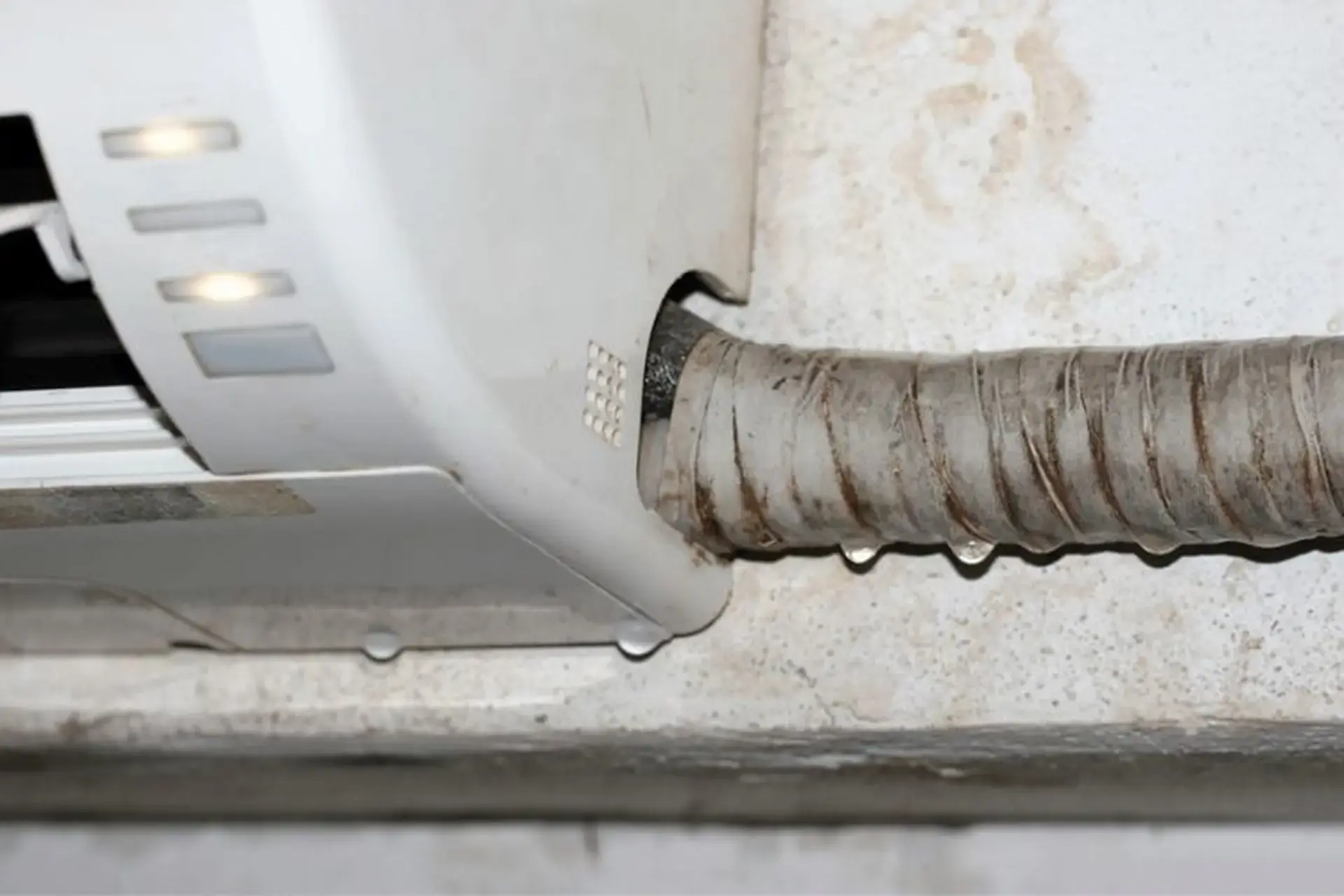
Common causes of water leaks from air conditioners and how to fix them.

Keep Ginger Fresh and Intact for a Long Time With This Simple Trick

Mix cloves, honey, and cinnamon and you will thank me! This is my grandmother's secret...

Experts Warn: Never Unplug These 7 Household Devices — You Won’t Save Money, and It Could Cause Even More Harm

A 3-Year-Old Boy Nearly Blinded by 502 Super Glue
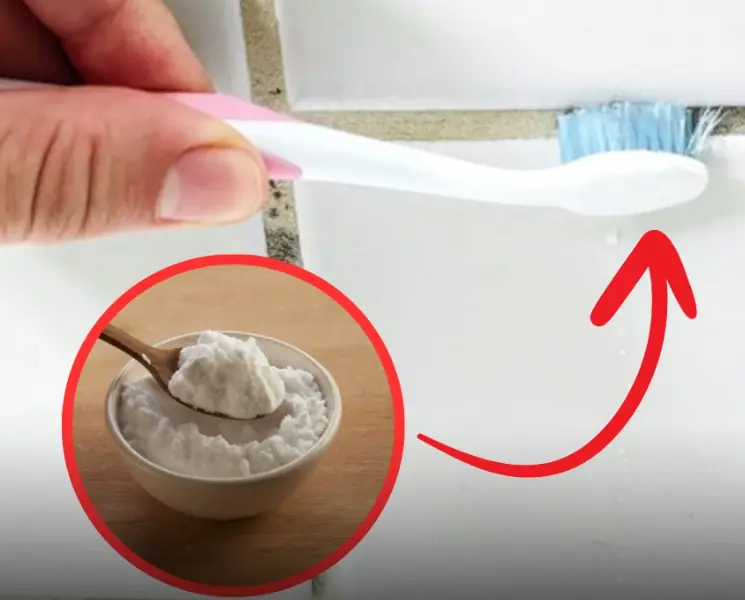
Simple hack to remove mold from bathroom grout using just 2 common ingredients - Better than bleach!

Smart people unplug the TV when checking into a hotel - Knowing why you will do it immediately
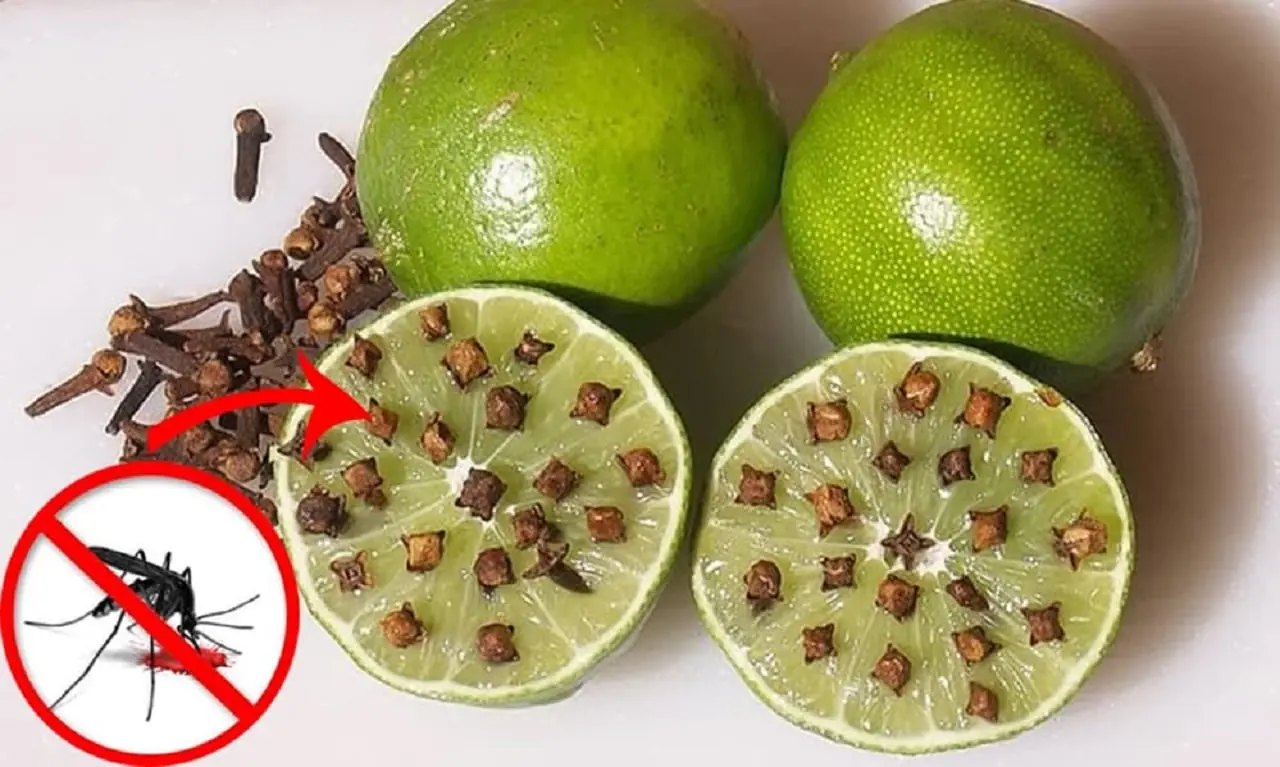
Don’t Throw Away Lemon Peels: Smart, Natural Ways to Clean and Freshen Your Home
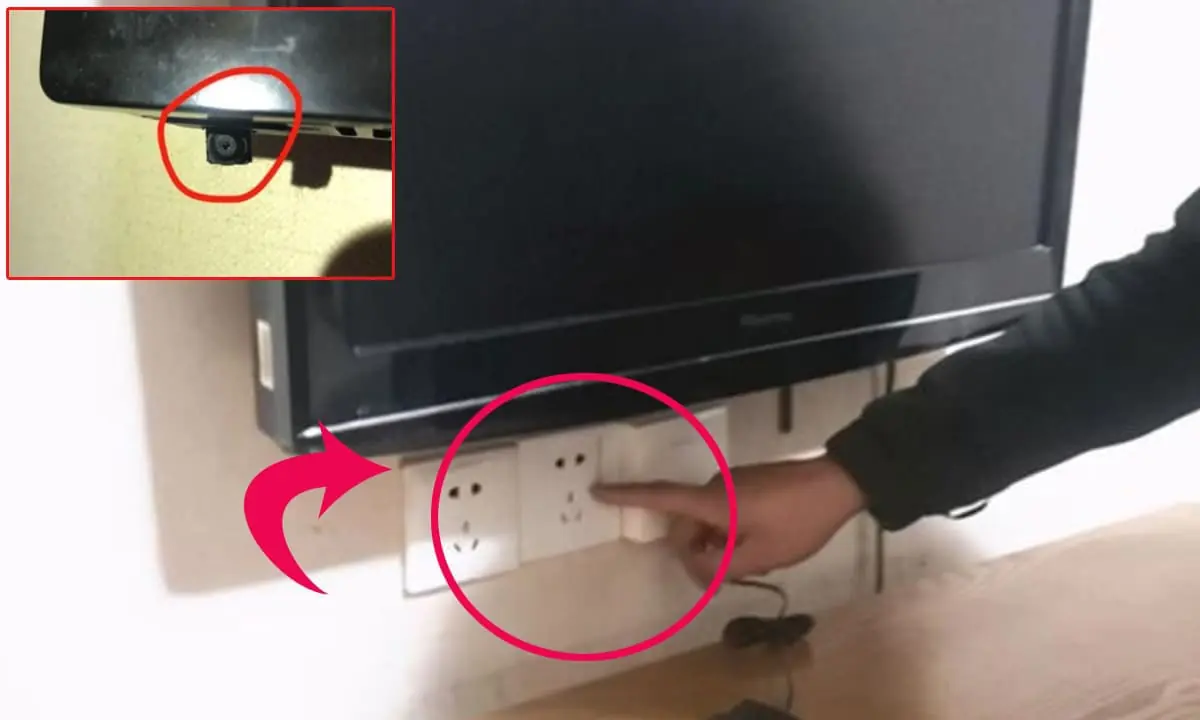
Why smart travelers always unplug the hotel TV when they arrive?

When bit.ten by a snake, you should do these things first

This Button on Your Car Key Is Something 90% of Owners Have Never Used — Yet It Could Save Your Life in an Emergency

Health Experts Warn: This Common Fruit Contains the Highest Pesticide Residue and Should Be Avoided If Not Properly Washed

Three Subtle Signs Women Can Check to Detect Possible Infidelity, Relationship Experts Say
News Post

Stir-Fried Glass Noodles with Shrimp

Grilled Chicken Rice Bowl with Corn

10 symptoms of dia.betes that may show up in your feet

5 diseases that can cause stomach pain after eating - What your body may be trying to tell you?

Loaded Cheesy Bacon Fries

Cheesy Stuffed Beef Buns (Baked Meat & Cheese Rolls)

30 Powerful Benefits of Sessile Joyweed (Alternanthera sessilis): A Traditional Plant with Remarkable Potential
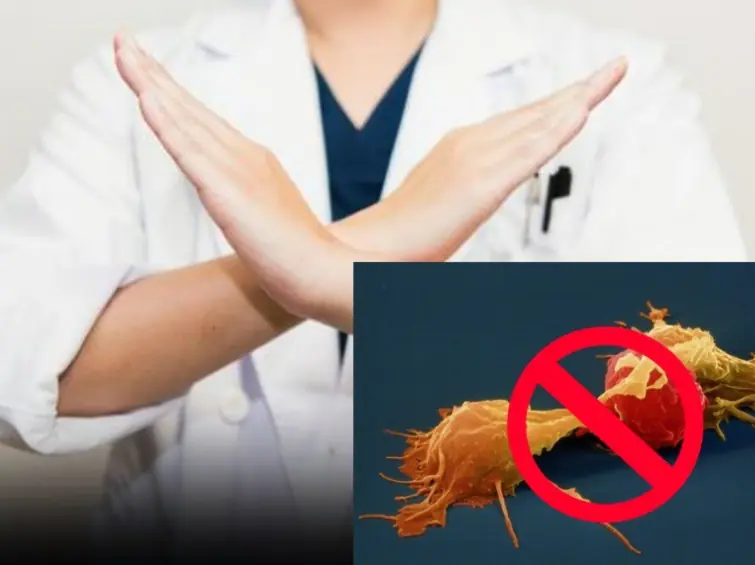
Doctors warn: 6 types of food that can promote can.cer growth that people are unaware of

Why shouldn't you set the air conditioner to 26°C at night?

9 out of 10 people store onions incorrectly: Here's why you shouldn't keep them in the fridge

Smart travel tip: Why you should toss a water bottle under your hotel bed?

Don't throw away your yellowed white shirts - try this soaking method to make them bright and as good as new

Are feet an "early warning sign" of cervical can:cer? Don't ignore these 4 situations

Different Green Juices to Reduce Be.lly Fat

This is why some people always keep a lemon with them - it may help in unexpected situations

Classic Baked Lasagna

Don’t Ignore These 5 Symptoms at Night That Could Be Linked to Can.cer

Canadian Researchers Discover New Evidence That Vitamin D Shuts Down Cancer Cells
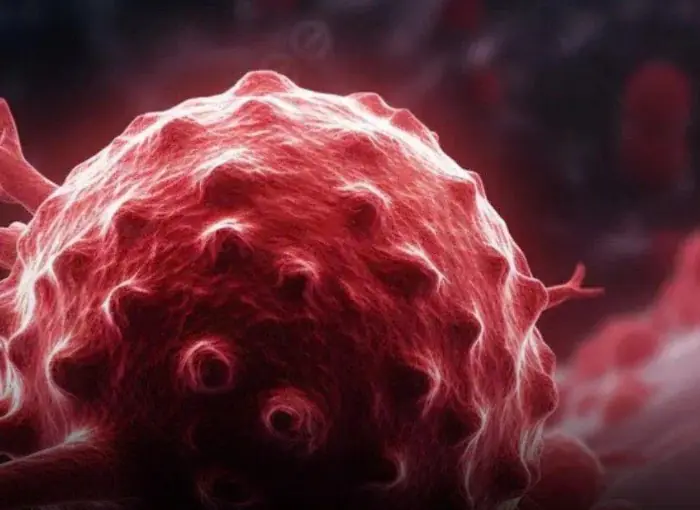
Warning: 6 vegetables that naturally contain to.xins
